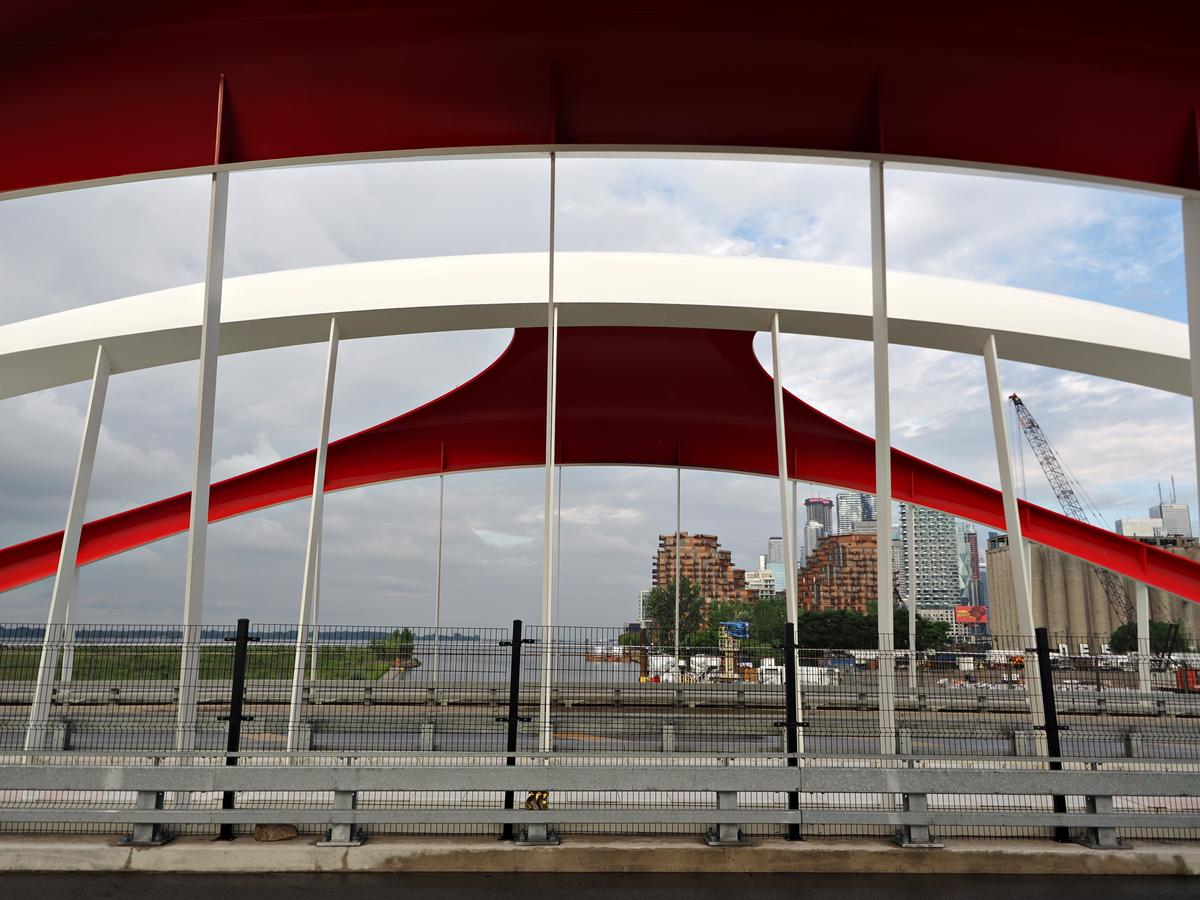A strange but intriguing collection you've got here.
The butterfly and spiderweb don't need much explanation: they speak for themselves.
The wind chime is a fascinating object, testimony of imagination and handiwork (I like how you framed it, itself warm and with the cool-coloured window in the background, reminding us of the wind that makes this chime come alive.
The AI generated monkey is equal parts fascinating and creepy, like a character from a Stephen King novel. It is beyond my comprehension how AI has managed to blend in that monkey in such a realistic way, with shadows that fit into the scene and the chair.











